Introduction
In the vast culinary landscape of China, regional dishes often serve as a testament to the rich history, cultural diversity, and culinary ingenuity of the land. Among these, Yongzhou Blood Duck stands out as a unique and flavorful delicacy hailing from Yongzhou, a city in southern Hunan Province. This dish, characterized by its deep red hue, tender duck meat, and savory-spicy sauce infused with duck blood, is not just a meal but an experience that tantalizes the taste buds and captivates the senses.
Making Yongzhou Blood Duck is an art form that requires precision, patience, and a deep understanding of traditional cooking techniques. This guide aims to demystify the process and provide a comprehensive step-by-step recipe for home cooks and culinary enthusiasts eager to embark on this culinary journey.
Understanding Yongzhou Blood Duck
Before diving into the recipe, it’s crucial to understand the essence of Yongzhou Blood Duck. This dish is rooted in the local cuisine of Yongzhou, where duck farming is prevalent, and duck meat is a staple in many households. The unique addition of duck blood to the sauce gives the dish its signature color and adds a rich, velvety texture to the gravy.
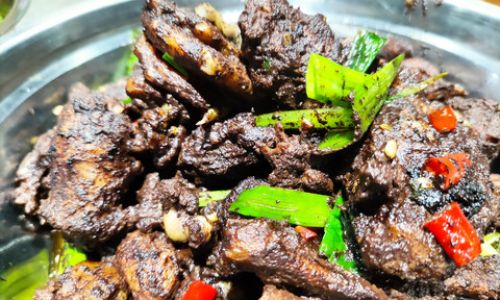
Traditionally, Yongzhou Blood Duck is cooked over an open flame using a wok, a round-bottomed pan that facilitates even heat distribution and rapid cooking. The dish is known for its balance of flavors—savory, spicy, and slightly sweet—all coming together in harmony.
Ingredients and Preparation
To make Yongzhou Blood Duck, you’ll need a combination of fresh ingredients, spices, and aromatic herbs. Here’s a detailed list of what you’ll need and some tips on preparation:
-
Duck Meat: Choose a whole duck or duck parts (preferably breast and thigh meat) that are fresh and free of bones for ease of cooking. The meat should be sliced into bite-sized pieces.
-
Duck Blood: Fresh duck blood is crucial for the dish. It should be collected immediately after slaughter and stored in a clean container. If using store-bought duck blood, ensure it is of good quality and has not been tampered with.
-
Vegetables and Aromatics: Garlic, ginger, green onions, and chili peppers are essential for flavor. These should be finely chopped to release their aroma during cooking.
-
Seasonings: Soy sauce, rice vinegar, Shaoxing wine (or dry sherry as a substitute), sesame oil, sugar, salt, and white pepper are used to season the dish.
-
Starch Solution: A mixture of cornstarch and water is used to thicken the sauce, giving it a glossy finish.
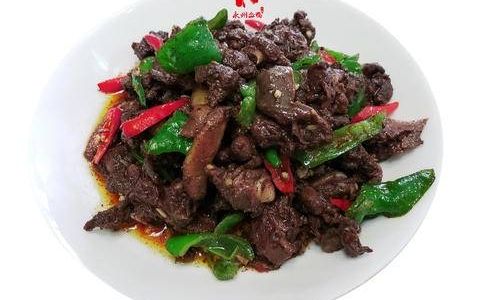
-
Oils: Peanut oil or vegetable oil is preferred for stir-frying. The high smoking point of these oils ensures that the duck meat cooks evenly without burning.
-
Garnishes: Optional garnishes include chopped cilantro, sesame seeds, and sliced green onions for added color and texture.
Step-by-Step Recipe
Step 1: Preparing the Duck Meat
-
Cleaning and Slicing: Begin by cleaning the duck meat thoroughly. Remove any excess fat, sinew, or bones. Slice the meat into bite-sized pieces, ensuring they are uniform in size for even cooking.
-
Marinating: In a bowl, combine the duck meat with a few tablespoons of soy sauce, a splash of Shaoxing wine, and a pinch of salt. Mix well and let the meat marinate for at least 30 minutes. This step helps to tenderize the meat and infuse it with flavor.
Step 2: Preparing the Duck Blood
-
Mixing: In a separate bowl, gently whisk the fresh duck blood until it’s smooth and free of clumps. Be careful not to overmix, as this can cause the blood to coagulate.
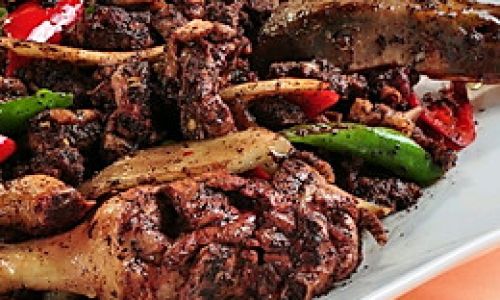
-
Seasoning: Add a pinch of salt and a drizzle of sesame oil to the duck blood. Mix gently to combine. This will enhance the flavor and texture of the final sauce.
Step 3: Preparing the Aromatics and Vegetables
-
Chopping: Finely chop the garlic, ginger, and green onions. Slice the chili peppers into thin strips, depending on your preference for spice.
-
Sautéing: In a wok or large skillet, heat a tablespoon of peanut oil over medium-high heat. Add the chopped garlic, ginger, and chili peppers. Stir-fry until fragrant, about 30 seconds to 1 minute. Be careful not to burn the aromatics, as they will provide the foundation of flavor for the dish.
Step 4: Cooking the Duck Meat
-
Adding the Meat: Increase the heat to high and add the marinated duck meat to the wok. Stir-fry the meat in batches if necessary to avoid overcrowding, ensuring each piece is evenly browned on all sides. This should take about 5-7 minutes per batch.
-
Seasoning: As the meat cooks, drizzle in a little more Shaoxing wine and soy sauce to deglaze the wok and add depth of flavor. Continue to stir-fry until the duck meat is cooked through and slightly caramelized.
Step 5: Adding the Duck Blood Sauce
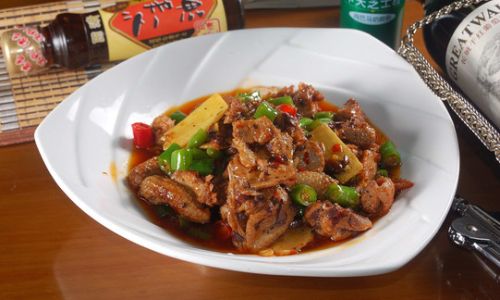
-
Combining: Once the duck meat is cooked, pour the seasoned duck blood over the meat in the wok. Stir gently to combine, being careful not to break up the pieces of meat.
-
Simmering: Lower the heat to medium-low and let the mixture simmer for about 5 minutes. The duck blood will cook and thicken, creating a rich, velvety sauce.
Step 6: Thickening the Sauce
-
Preparing the Starch Solution: In a small bowl, mix together cornstarch and water to form a smooth paste. The ratio should be about 1 tablespoon of cornstarch to 2 tablespoons of water.
-
Adding the Starch Solution: Gradually pour the starch solution into the wok, stirring constantly to prevent lumps. Continue to simmer until the sauce reaches your desired consistency, which should be thick and glossy.
Step 7: Finishing Touches
-
Tasting and Adjusting: Taste the sauce and adjust the seasoning with additional soy sauce, salt, sugar, or white pepper as needed. The sauce should be balanced, with a hint of sweetness and a gentle spice from the chili peppers.
-
Garnishing: Remove the wok from heat and garnish with chopped cilantro, sesame seeds, and sliced green onions. This adds a fresh, vibrant touch to the dish.
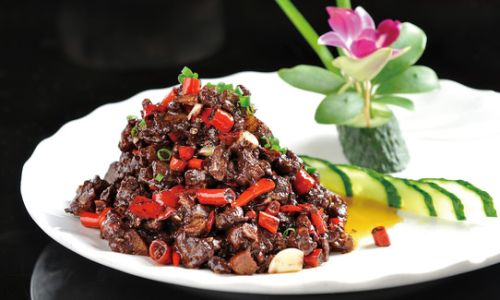
Serving Yongzhou Blood Duck
Yongzhou Blood Duck is traditionally served hot, accompanied by steamed rice. The rich, savory sauce complements the tender duck meat, making each bite a delightful experience. For a more elaborate meal, pair the dish with stir-fried vegetables or a light soup to balance the flavors.
Storage and Reheating
Leftover Yongzhou Blood Duck can be stored in an airtight container in the refrigerator for up to 2 days. To reheat, gently warm the dish in a microwave or on the stovetop, adding a splash of water if necessary to prevent the sauce from drying out.
Conclusion
Making Yongzhou Blood Duck is a culinary adventure that combines tradition, skill, and creativity. By following this detailed recipe, you’ll be able to recreate this iconic Hunan dish at home, delighting your family and friends with its unique flavors and textures. Remember, the key to success lies in the freshness of the ingredients, the precision of the cooking techniques, and the balance of the flavors. With practice and patience, you’ll soon master the art of making Yongzhou Blood Duck and embark on your own culinary journey through the flavors of Hunan.
This comprehensive guide not only provides a step-by-step recipe for Yongzhou Blood Duck but also delves into the cultural and historical significance of the dish, offering insights into the ingredients, preparation, and cooking techniques that make it so special. Whether you’re a seasoned chef or a home cook eager to try something new, this article serves as a valuable resource for anyone interested in exploring the culinary wonders of China.
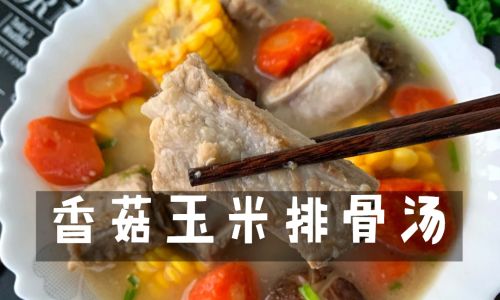
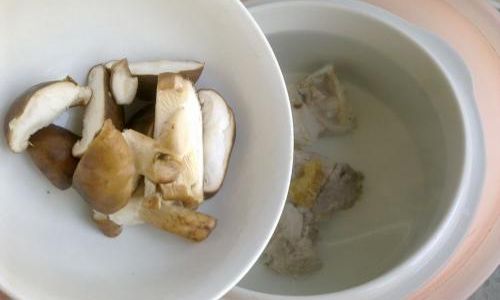
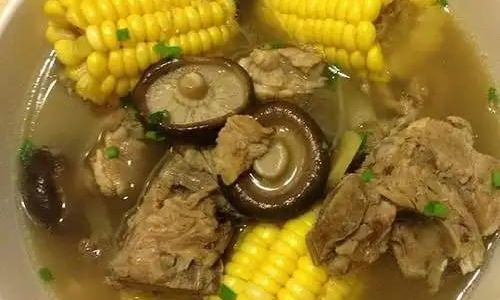



0 comments